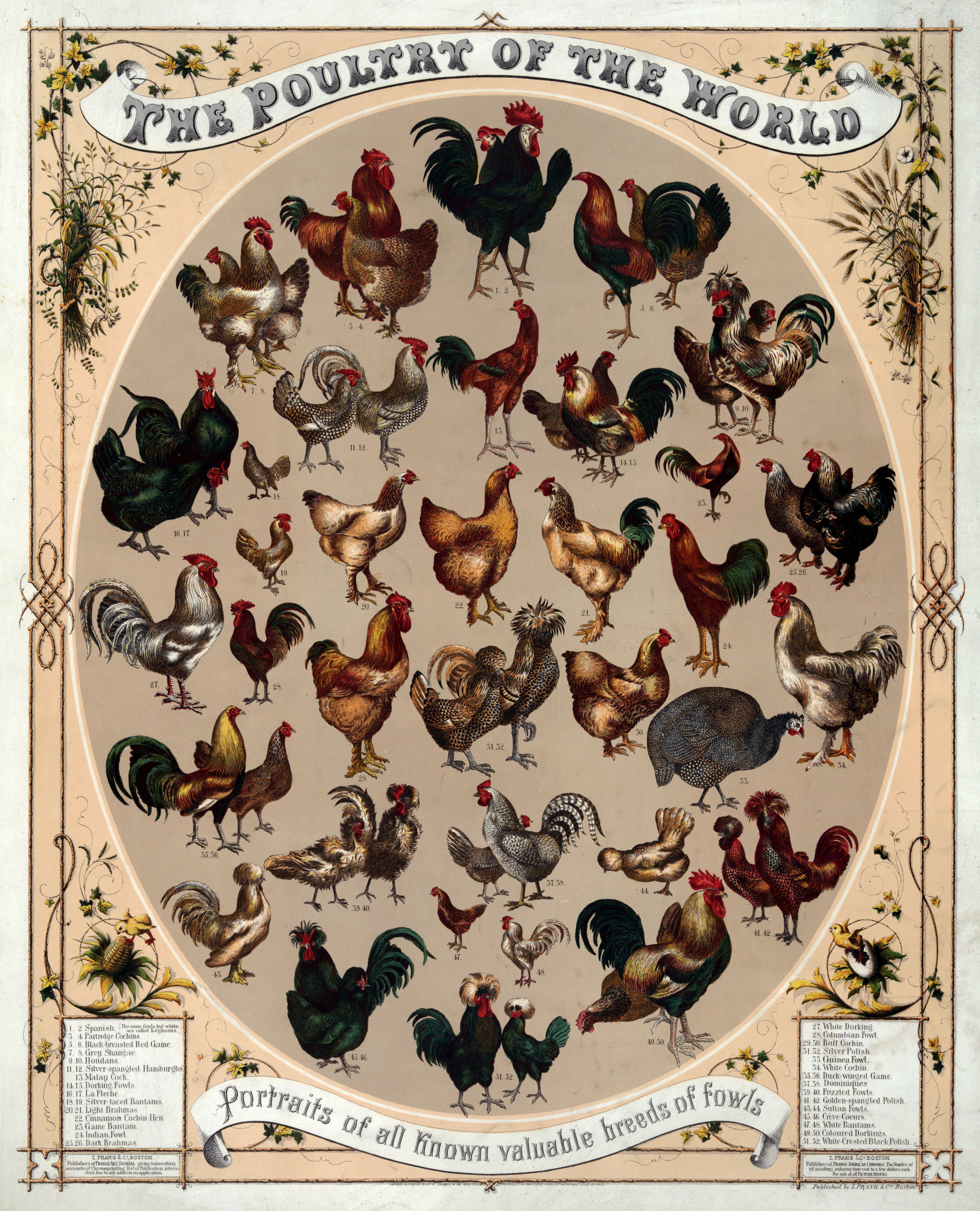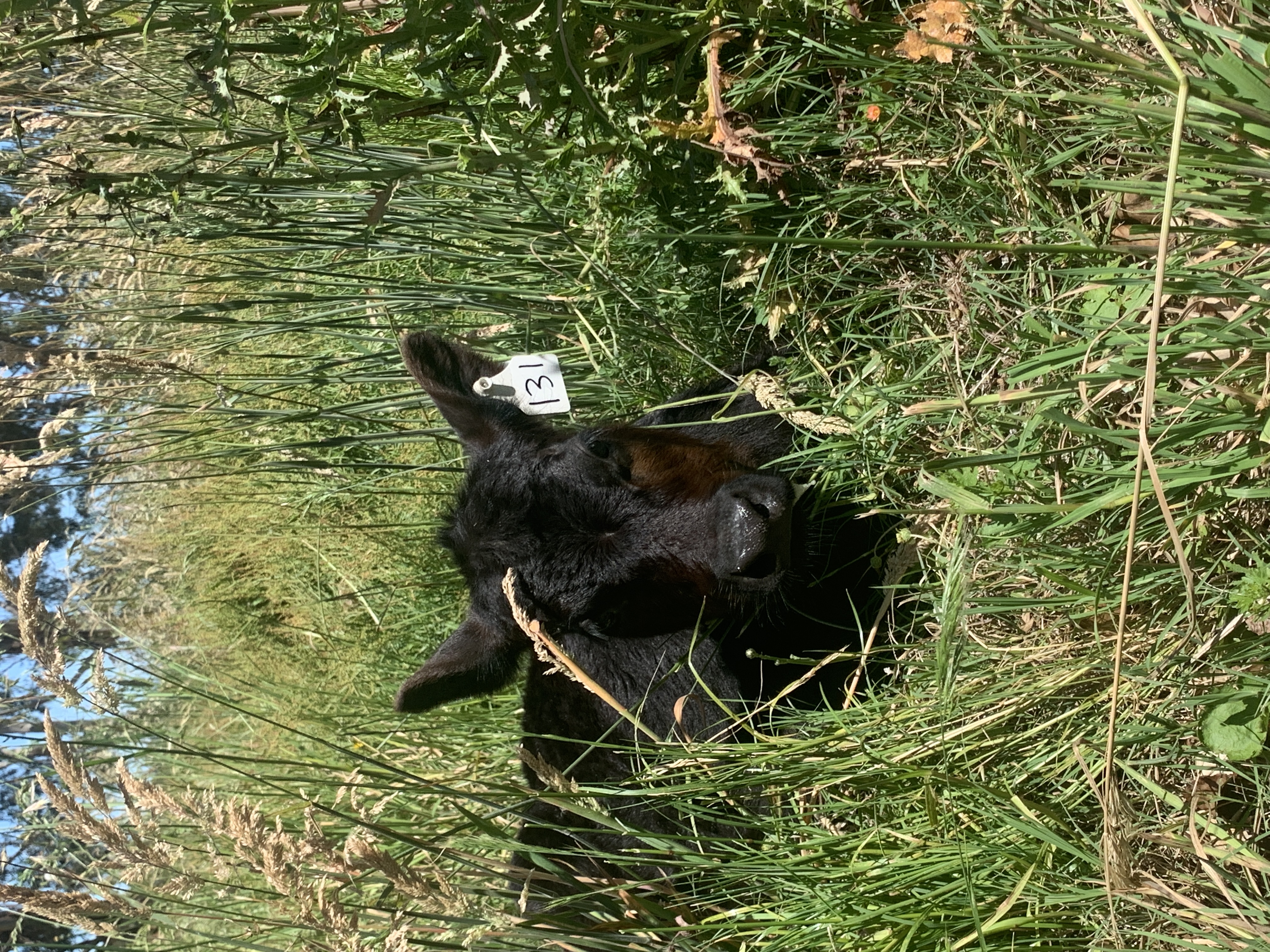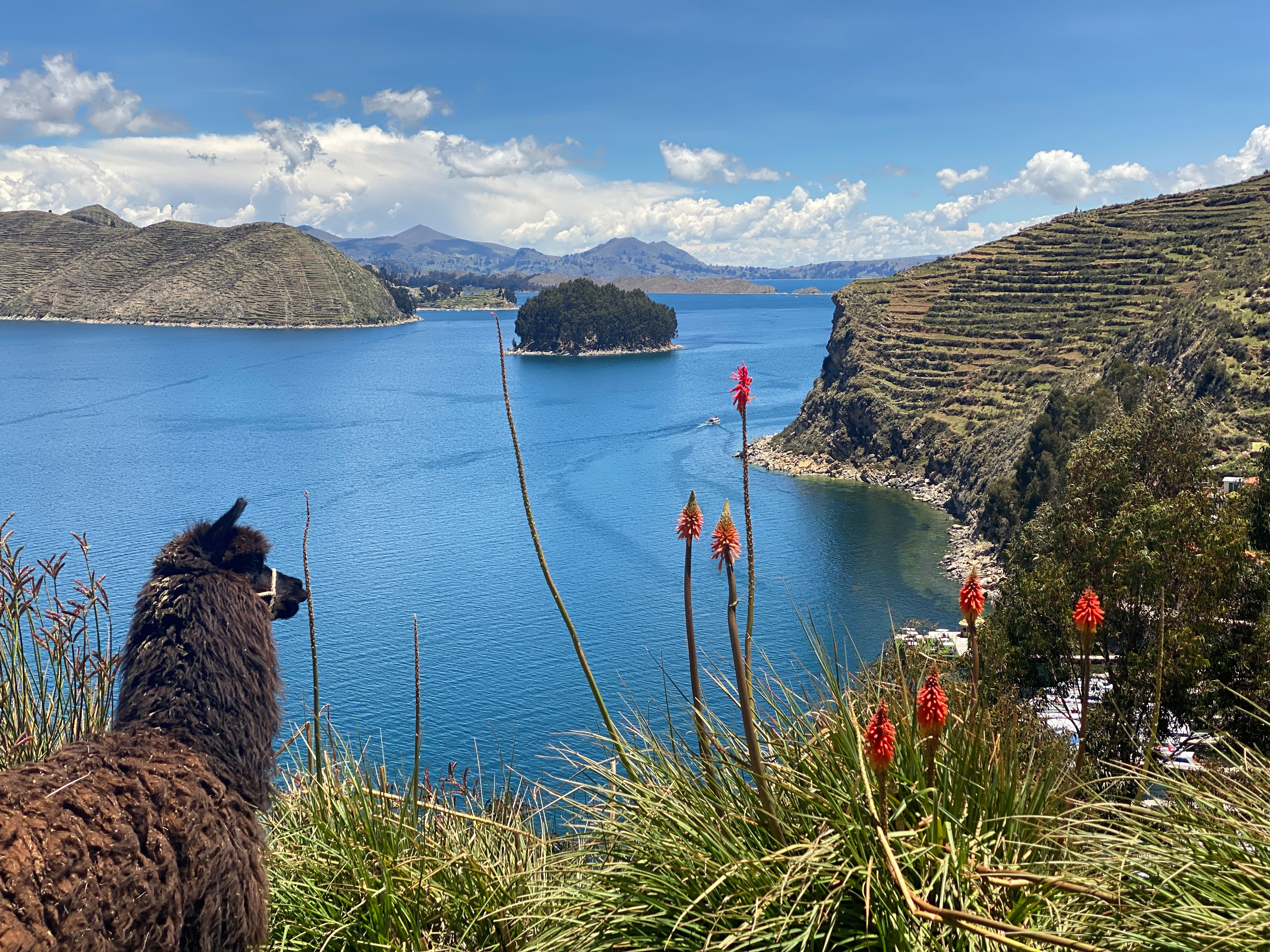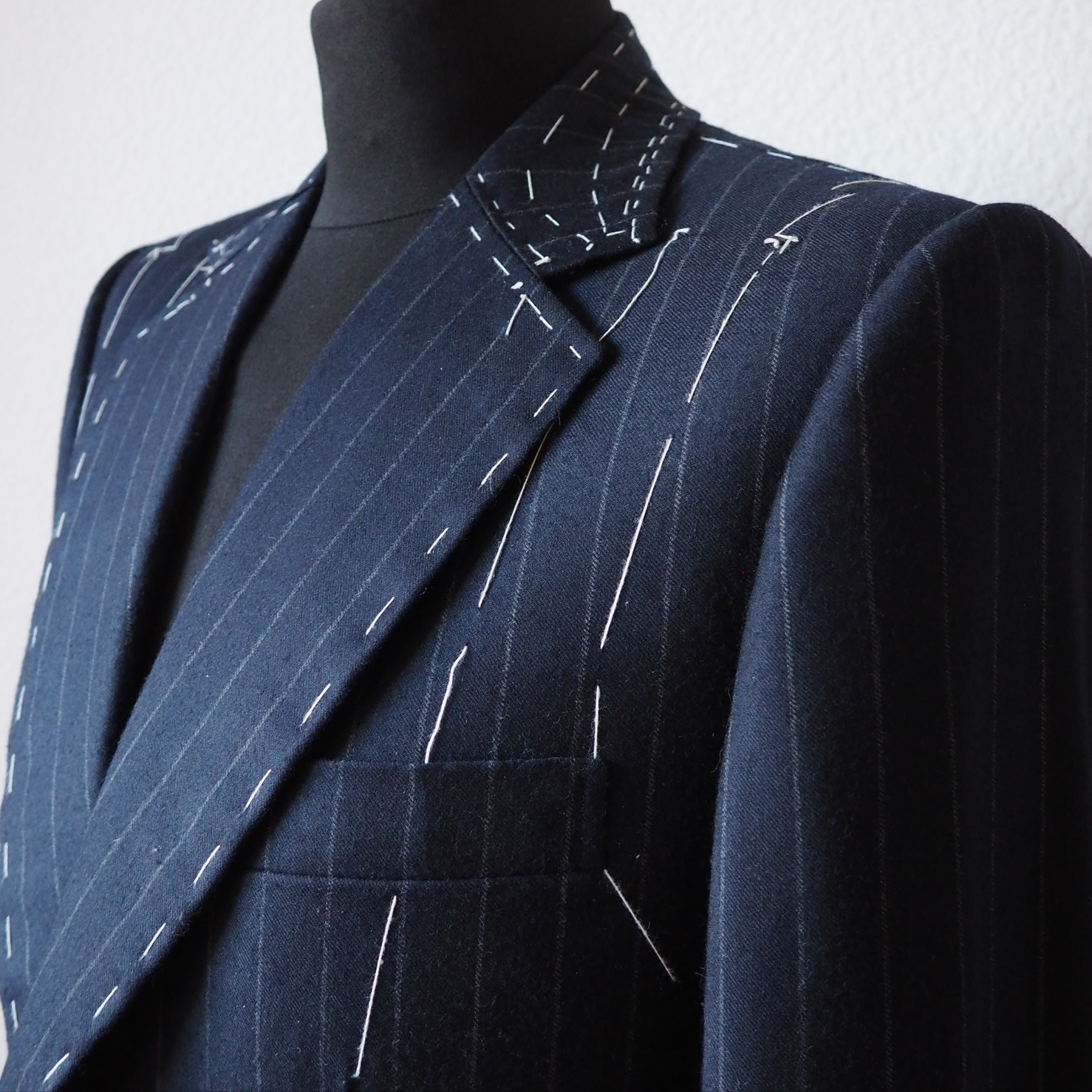|
High Tunnel
A polytunnel (also known as a polyhouse, hoop greenhouse or hoophouse, grow tunnel or high tunnel) is a tunnel typically made from steel and covered in polyethylene, usually semi-circular, square or elongated in shape. The interior heats up because incoming solar radiation from the sun warms plants, soil, and other things inside the building faster than heat can escape the structure. Air warmed by the heat from hot interior surfaces is retained in the building by the roof and wall. Temperature, humidity and ventilation can be controlled by equipment fixed in the polytunnel or by manual opening and closing of vents. Polytunnels are mainly used in temperate regions in similar ways to glass greenhouses and row covers. Besides the passive solar heating that every polytunnel provides, every variation of auxiliary heating (from hothouse heating through minimal heating to unheated houses) is represented in current practice. The nesting of row covers and low tunnels inside high tunnels ... [...More Info...] [...Related Items...] OR: [Wikipedia] [Google] [Baidu] [Amazon] |
Overwintering
Overwintering is the process by which some organisms pass through or wait out the winter season, or pass through that period of the year when "winter" conditions (cold or sub-zero temperatures, ice, snow, limited food supplies) make normal activity or even survival difficult or near impossible. In some cases "winter" is characterized not necessarily by cold but by dry conditions; passing through such periods could likewise be called overwintering. Hibernation and migration are the two major ways in which overwintering is accomplished. Animals may also go into a state of reduced physiological activity known as torpor. Overwintering occurs in several classes of lifeform. Insects In entomology, overwintering is how an insect passes the winter season. Many insects overwinter as adults, pupae, or eggs. This can be done inside buildings, under tree bark, or beneath fallen leaves or other plant matter on the ground, among other places. All such overwintering sites shield the insect ... [...More Info...] [...Related Items...] OR: [Wikipedia] [Google] [Baidu] [Amazon] |
Strawberries
The garden strawberry (or simply strawberry; ''Fragaria × ananassa'') is a widely grown hybrid plant cultivated worldwide for its fruit. The genus ''Fragaria'', the strawberries, is in the rose family, Rosaceae. The fruit is appreciated for its aroma, bright red colour, juicy texture, and sweetness. It is eaten either fresh or in prepared foods such as jam, ice cream, and chocolates. Artificial strawberry flavourings and aromas are widely used in commercial products. Botanically, the strawberry is not a berry, but an aggregate accessory fruit. Each apparent 'seed' on the outside of the strawberry is actually an achene, a botanical fruit with a seed inside it. The garden strawberry was first bred in Brittany, France, in the 1750s via a cross of '' F. virginiana'' from eastern North America and '' F. chiloensis'', which was brought from Chile by Amédée-François Frézier in 1714. Cultivars of ''F.'' × ''ananassa'' have replaced the woodland strawberry '' F. vesca'' in ... [...More Info...] [...Related Items...] OR: [Wikipedia] [Google] [Baidu] [Amazon] |
Poultry
Poultry () are domesticated birds kept by humans for the purpose of harvesting animal products such as meat, Eggs as food, eggs or feathers. The practice of animal husbandry, raising poultry is known as poultry farming. These birds are most typically members of the superorder Galloanserae (fowl), especially the order Galliformes (which includes chickens, quails, and domestic turkey, turkeys). The term also includes waterfowls of the family Anatidae (ducks and geese) but does not include wild birds hunted for food known as game (hunting), game or wild meat, quarry. Recent genomic studies involving the four extant junglefowl species reveals that the domestication of chicken, the most populous poultry species, occurred around 8,000 years ago in Southeast Asia. This was previously believed to have occurred around 5,400 years ago, also in Southeast Asia. The process may have originally occurred as a result of people hatching and rearing young birds from eggs collected from the wild, ... [...More Info...] [...Related Items...] OR: [Wikipedia] [Google] [Baidu] [Amazon] |
Calf (animal)
A calf (: calves) is a young domestic cow or bull. Calves are reared to become adult cattle or are slaughtered for their meat, called veal, and their Calfskin, hide. Terminology "Calf" is the term used from birth to weaning, when it becomes known as a ''weaner'' or ''weaner calf'', though in some areas the term "calf" may be used until the animal is a wiktionary:yearling, yearling. The birth of a calf is known as ''calving''. A calf that has lost its mother is an orphan calf, also known as a ''poddy'' or ''poddy-calf'' in British. ''Bobby calves'' are young calves which are to be slaughtered for human consumption. A ''vealer'' is a calf weighing less than about which is at about eight to nine months of age. A young female calf from birth until she has had a calf of her own is called a ''heifer'' (). In the American Old West, a motherless or small, runty calf was sometimes referred to as a dodie. Early development Calves may be produced by natural means, or by artificial ... [...More Info...] [...Related Items...] OR: [Wikipedia] [Google] [Baidu] [Amazon] |
Goats
The goat or domestic goat (''Capra hircus'') is a species of goat-antelope that is mostly kept as livestock. It was domesticated from the wild goat (''C. aegagrus'') of Southwest Asia and Eastern Europe. The goat is a member of the family Bovidae, meaning it is closely related to the sheep. It was one of the first animals to be domesticated, in Iran around 10,000 years ago. Goats have been used for milk, meat, wool, and skins across much of the world. Milk from goats is often turned into cheese. In 2022, there were more than 1.1 billion goats living in the world, of which 150 million were in India. Goats feature in mythology, folklore, and religion in many parts of the world, including in the classical myth of Amalthea, in the goats that pulled the chariot of the Norse god Thor, in the Scandinavian Yule goat, and in Hinduism's goat-headed Daksha. In Christianity and Satanism, the devil is sometimes depicted as a goat. Etymology The Modern English word ''goat'' ... [...More Info...] [...Related Items...] OR: [Wikipedia] [Google] [Baidu] [Amazon] |
Alpacas
The alpaca (''Lama pacos'') is a species of South American camelid mammal. Traditionally, alpacas were kept in herds that grazed on the level heights of the Andes of Southern Peru, Western Bolivia, Ecuador, and Northern Chile. More recently, alpacas may be found on farms and ranches worldwide, with thousands of animals born and raised annually. Alpacas are especially popular in North America, Europe, and Australia. There are two modern breeds of alpaca, separated based on their respective region of endemism and fiber (wool) type: the Suri alpaca and the Huacaya alpaca. Both breeds produce a highly valued fiber, with Suri alpaca's fiber growing in straight "locks," while Huacaya fiber has a "crimped," wavy texture and grows in bundles. These breeds' fibers are used for making knitted and woven items, similar to sheep's wool. Alpacas are visually and genetically similar to, and often confused with a relative species, the llamas; however, alpacas are visibly shorter and pred ... [...More Info...] [...Related Items...] OR: [Wikipedia] [Google] [Baidu] [Amazon] |
Sheep
Sheep (: sheep) or domestic sheep (''Ovis aries'') are a domesticated, ruminant mammal typically kept as livestock. Although the term ''sheep'' can apply to other species in the genus '' Ovis'', in everyday usage it almost always refers to domesticated sheep. Like all ruminants, sheep are members of the order Artiodactyla, the even-toed ungulates. Numbering a little over one billion, domestic sheep are also the most numerous species of sheep. An adult female is referred to as a ''ewe'' ( ), an intact male as a ''ram'', occasionally a ''tup'', a castrated male as a ''wether'', and a young sheep as a ''lamb''. Sheep are most likely descended from the wild mouflon of Europe and Asia, with Iran being a geographic envelope of the domestication center. One of the earliest animals to be domesticated for agricultural purposes, sheep are raised for fleeces, meat ( lamb, hogget or mutton), and milk. A sheep's wool is the most widely used animal fiber, and is usually harvested by ... [...More Info...] [...Related Items...] OR: [Wikipedia] [Google] [Baidu] [Amazon] |
Revenue
In accounting, revenue is the total amount of income generated by the sale of product (business), goods and services related to the primary operations of a business. Commercial revenue may also be referred to as sales or as turnover. Some company, companies receive revenue from interest, royalties, or other fees. This definition is based on International Accounting Standard, IAS 18. "Revenue" may refer to income in general, or it may refer to the amount, in a monetary unit, earned during a period of time, as in "Last year, company X had revenue of $42 million". Profit (accounting), Profits or net income generally imply total revenue minus total expenses in a given period. In accountancy, accounting, revenue is a subsection of the equity section of the balance statement, since it increases equity. It is often referred to as the "top line" due to its position at the very top of the income statement. This is to be contrasted with the "bottom line" which denotes net income (gross reve ... [...More Info...] [...Related Items...] OR: [Wikipedia] [Google] [Baidu] [Amazon] |
Plant Nursery
A nursery is a place where plants are plant propagation, propagated and grown to a desired size. Mostly the plants concerned are for gardening, forestry, or conservation biology, rather than agriculture. They include retail nurseries, which sell to the general public; wholesale nurseries, which sell only to businesses such as other nurseries and commercial gardeners; and private nurseries, which supply the needs of institutions or private estates. Some will also work in plant breeding. A "nurseryman" is a person who owns or works in a nursery. Some nurseries specialize in certain areas, which may include: propagation and the selling of small or bare root plants to other nurseries; growing out plant materials to a saleable size, or retail sales. Nurseries may also specialize in one type of plant, e.g., groundcovers, shade plants, or rock garden plants. Some produce bulk stock, whether seedlings or grafted trees, of particular varieties for purposes such as fruit trees for orch ... [...More Info...] [...Related Items...] OR: [Wikipedia] [Google] [Baidu] [Amazon] |
Floriculture
Floriculture (from ) is the study of the efficient production of the plants that produce showy, colorful flowers and foliage for human enjoyment in human environments. It is a commercially successful branch of horticulture and agriculture found throughout the world. Efficient production practices have been developed over the years, for the hundreds of plant taxa used in the floral industry, increasing the overall knowledge of whole plant biology. Plant breeding and selection have produced tens of thousands of new genotypes for human use. Overview Flowers are an important part of human society that are often used at times of joy and sadness, and as a part of everyday life. Flowers and plants may be indoors in a sunny window, as part of the landscape in the front yard or on the patio or deck in the back yard. People have been studying flowers and plants and their interaction with humans and how to produce these flowers and plants so all humans can enjoy them. Floriculture scie ... [...More Info...] [...Related Items...] OR: [Wikipedia] [Google] [Baidu] [Amazon] |
Bespoke Superbay Polytunnel
''Bespoke'' () describes anything commissioned to a particular specification, altered or tailored to the customs, tastes, or usage of an individual purchaser. In contemporary usage, ''bespoke'' has become a general marketing and branding concept implying exclusivity and limited runs. Origin ''Bespoke'' is derived from the verb ''bespeak'', meaning to "speak for something". The particular meaning of the verb form is first cited from 1583 and given in the ''Oxford English Dictionary'': "to speak for, to arrange for, engage beforehand: to 'order' (goods)." The adjective "bespoken" means "ordered, commissioned, arranged for" and is first cited from 1607. Originally, the adjective ''bespoke'' described tailor-made suits and shoes. According to ''Collins English Dictionary'', the term was generally British English in 2008. American English more commonly uses the word ''custom'' instead, as in custom-made, custom car, or custom motorcycle. Nevertheless, ''bespoke'' has seen increased ... [...More Info...] [...Related Items...] OR: [Wikipedia] [Google] [Baidu] [Amazon] |









